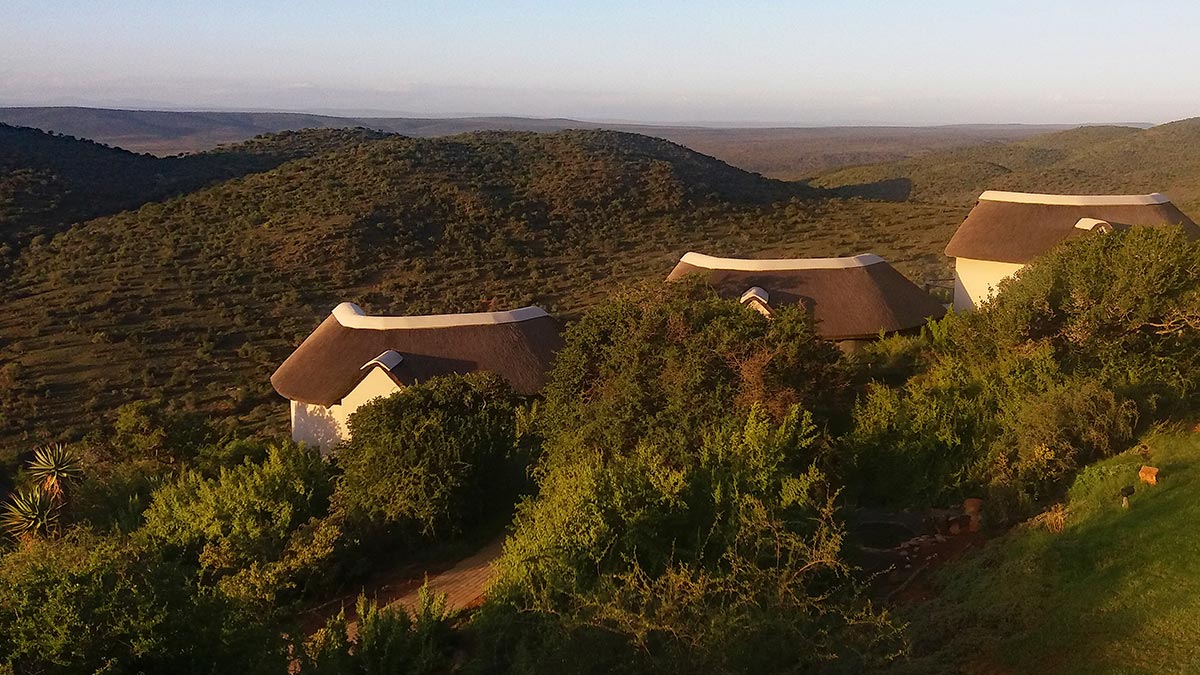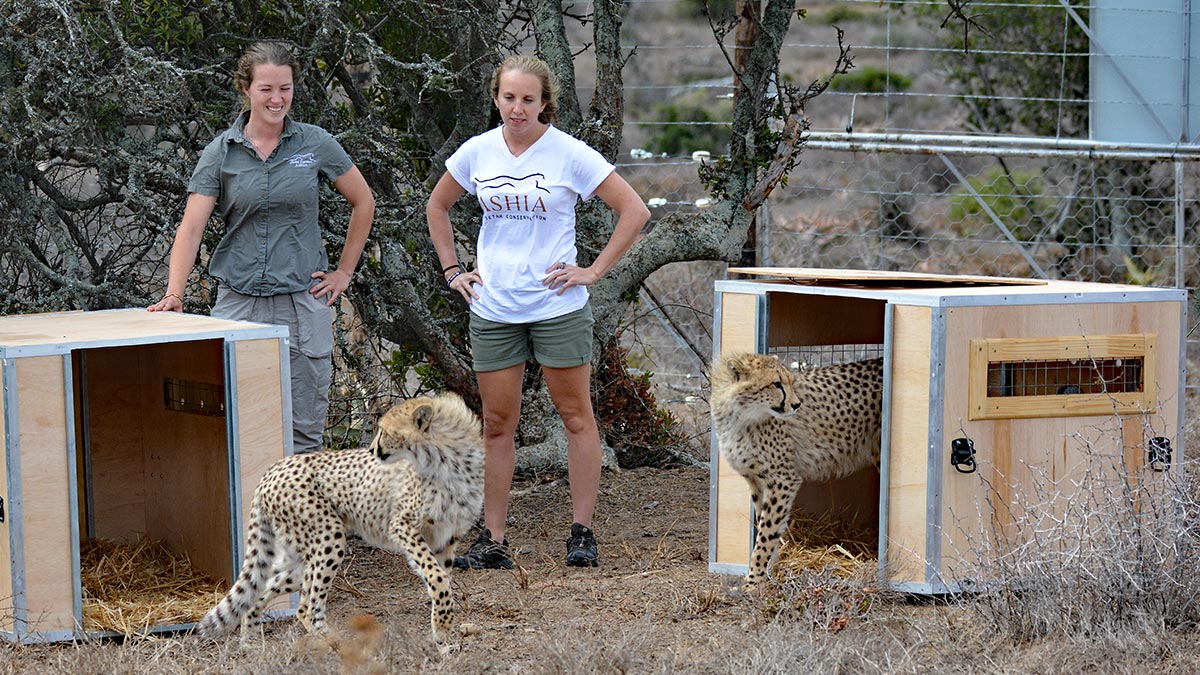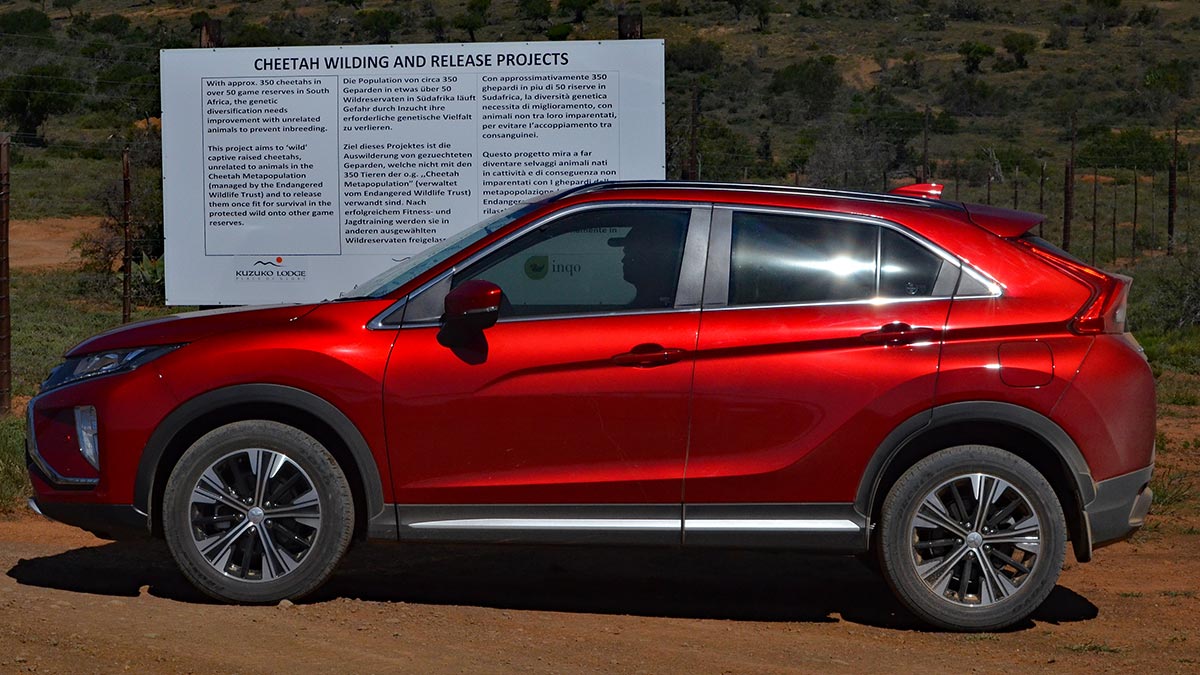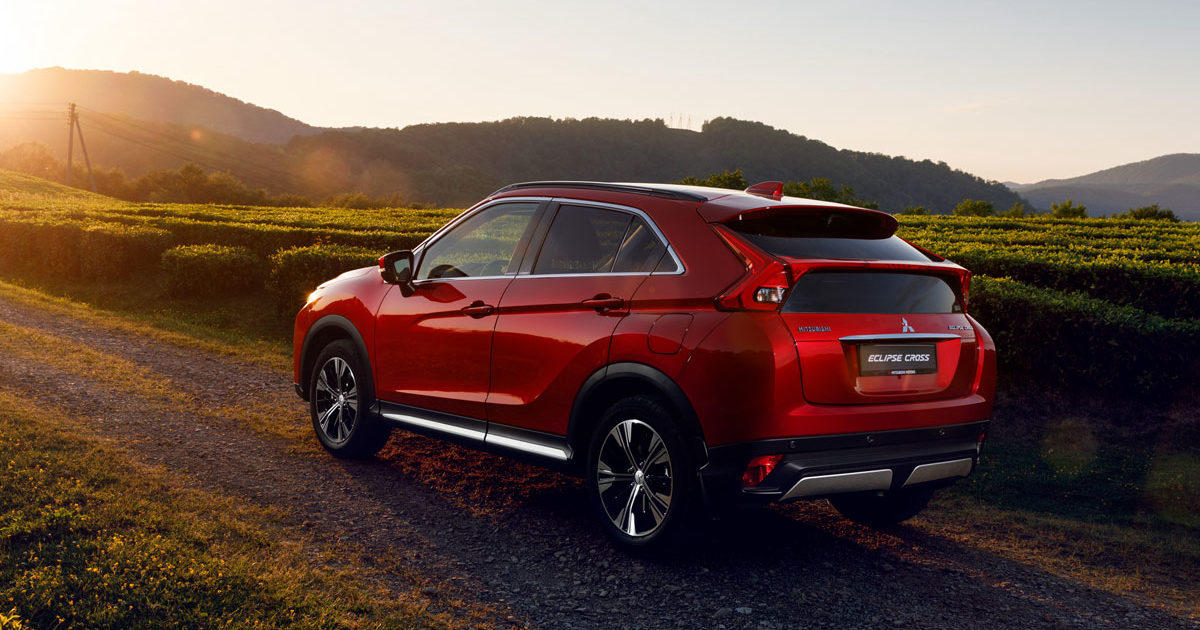While the latest Eclipse Cross might be faster than a cheetah in going from a standing start to 100 km/h, there are similarities, writes Jim Freemanafter he visited the “J-Cubs” at Kuzuko, a private reserve in the Karoo, in the new turbocharged model from Mitsubishi.
There are distinct similarities between the turbo-equipped 1.5-litre Mitsubishi Eclipse Cross and a cheetah: they are sleek, sexy, and get up to speed quickly. However, once they have got there, they run out of gas equally quickly. I know this about the cheetah because, tragically, I once saw a handsome specimen of acinonyx jubatus ambushed on an impala he had pulled down a few moments before and killed by a lioness … simply because he did not have the energy to flee.
A hunting cheetah – there are only about 350 left in the wild in South Africa, scattered over 50 game and nature reserves – is at its most vulnerable. Any sort of sustained chase not only taxes the lungs but also seriously depletes its “radiator”: An unsuccessful hunt leaves the animal dangerously dehydrated. (They top up their water levels from the fluids of their prey.)
I have learned more about the most endangered of Africa’s big cat species in the past six months than in four decades of reporting on and photographing wildlife, thanks to Gerhard de Lange, Chantal Rischard, and Marna Smit.

‘Place of glory’
Gerhard is reserve general manager of Kuzuko (“place of glory”, a 15 000 ha private reserve in the Karoo bordering on the Addo Elephant National Park), while the two women are co-owner and sanctuary manager respectively of Ashia, an inspirational conservation project based in Paarl.
In a nutshell, Ashia sources captive-born and -raised cheetah from around the world and takes the first steps in preparing them for successful release into the wild. Kuzuko is where animals that are deemed fit for release take their first steps to freedom.
The two main objectives of their partnership are not only to increase cheetah numbers but also to improve the genetic diversity of the species. Small, concentrated populations result in in-breeding, which soon gives rise to birth defects that dramatically increase an already high mortality rate in cheetah cubs.
In the wild, reveals an information board at the sanctuary, 90% of cheetah cubs die within three months of birth. About half fall prey to lions, hyena, jackal, and large birds of prey, while another 40% suffer from a lack of genetic diversity. This means many cubs are born with weakened or under-developed immune systems; common infections often result in death.
“In human care, cub mortality is significantly lower, with over 70% of cubs reaching adulthood,” says Gerhard. “In order to conserve the less-represented genetic lineages, ethically managed captive cheetah breeding programmes use strict DNA testing. This responds to the urgent need to reintroduce new bloodlines onto protected land to supplement the wild population and strengthen DNA.”

Meeting Josh and Jade
The Ashia/Kuzuko project is endorsed by the Endangered Wildlife Trust. I rode to Kuzuko in November with an Ashia team with two young siblings, Josh and Jade, who it was believed were suitable and ready to be wilded prior to release. I returned (the day before President Ramaphosa announced lockdown) in a candy-apple red Eclipse Cross GLS CVT 4×2 to see how the two – dubbed by the Kuzuko team as the “J-Cubs” – were getting on.
I had once before headed into the Eastern Cape interior in a 1.5-litre SUV, the compact Renault Duster, and frankly I would still set this as the benchmark vehicle in the category … albeit the Frenchie had all-wheel drive and was diesel-powered, which the Mitsubishi was not.
Fuel-frugality apart, I need to tell you there is little to separate the two vehicles in terms of performance and, as far as all-round comfort is concerned, the Mitsubishi just shades the Renault. Its direct injection turbocharger was a godsend on those long legs of the journey – and there were several of them – when there were steep gradients, an interminable line of crawling trucks and a dearth of places where one could overtake legally.
Provided I was directly behind the slow-moving vehicle and there was no oncoming traffic, the turbo kicked in immediately as I put my foot down and the SUV would whip out and pass without a hint of complaint from the engine.
Naturally, any sustained driving in this fashion makes nonsense of the stated fuel consumption claim of 7.7 ℓ/100 km. With a large 63 ℓ-tank, I told **RoadTrip**editor Ferdi de Vos the day before setting off from Stellenbosch, the vehicle should have a range of around 800 km. “Work on 700,” he said, presciently. He was right, at least for the first leg of the journey on the N2 along the Garden Route.
I left home at 04h00, thus encountered very little traffic. There was lots of mist along the way, so I rarely reached – let alone exceeded – 120 km/h. By the time I refuelled (59.36 litres) at Humansdorp, I had covered 695 km and recorded the best consumption – around 8.3 ℓ/100 km – for the 2500 km trip.
The easiest way to get to Kuzuko is to drive from Port Elizabeth to Paterson, then North on the N10 over the Olifantskop Pass before turning left onto the R400. Follow the highly visible Kuzuko signs to the reserve reception where you will park your vehicle and be shuttled to the lodge.

Nimble, responsive
Keen to test the gravel and rougher road abilities of the Eclipse Cross, I made prior arrangements with Kuzuko Lodge general manager Catharina de Lange and she allowed me to bring the vehicle onto the reserve. It gave no problems, being nimble (like a cheetah), responsive to the throttle at low revs (thanks again to the turbo), and possessing a high ground clearance. While I gave it a bit of a workout, I did not try anything too challenging. Nonetheless, what I did do was not flattering to its fuel consumption.
Kuzuko comprises 22 consolidated farms that were bought up by holding company INQO Investments, starting in 1992, with the purpose of re-wilding the area. The reserve is best known for the presence of “Sylvester the wandering lion” who twice escaped from the Karoo National Park near Beaufort West before being relocated to Kuzuko.
On one of our afternoon drives, guide Alex Bezuidenhout received a cryptic radio call from one of his colleagues, Chiara Spano. He looked at me, smiled and turned the viewing vehicle around. Half an hour later we found the “J-Cubs” lazing under a tree on the top of a kopje. Alex told us that, within two days of moving from the release boma onto this intermediate 600 ha section (free from other predators but well-stocked with antelope), each one had pulled down a springbok.
Some things stay in your DNA … even if you are born and raised in a cage.
Text & Images © Jim Freeman


